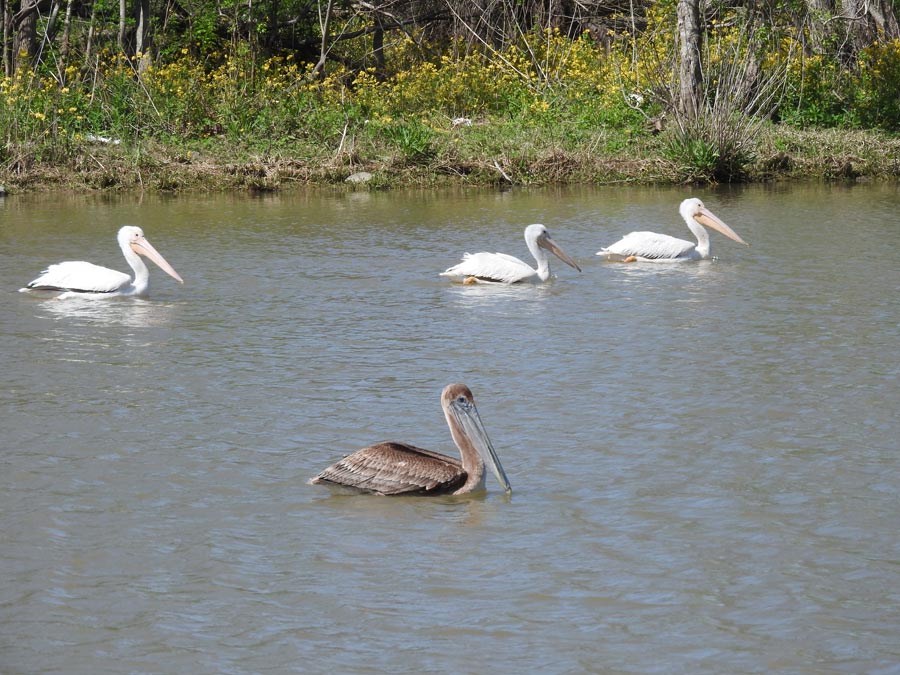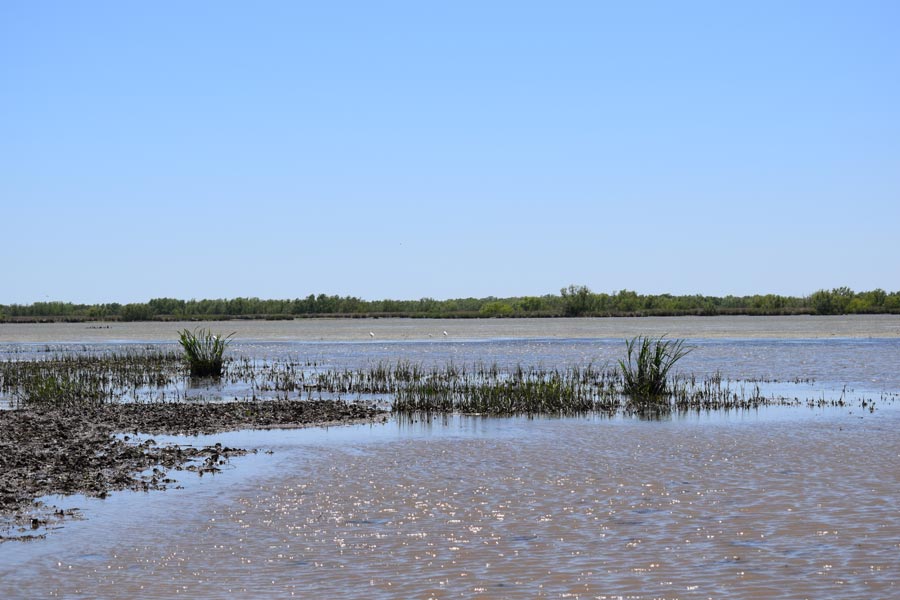Caernarvon
The Caernarvon Freshwater Diversion opened in 1991 and was designed to divert water from the Mississippi River into a local estuary, Big Mar Pond, previously a failed agricultural impoundment. In the years since its construction, the Caernarvon Diversion has deposited significant amounts of sediment into Big Mar, creating emergent wetlands. In 2010, Pontchartrain Conservancy, Restore the Earth Foundation and the Coalition to Restore Coastal Louisiana partnered to provide critical reforestation to this area to stabilize and effectively establish the newly created land.

Learn More
Research Program
Pontchartrain Conservancy has been investigating the growth of a delta complex in Big Mar as a result of the Caernarvon Diversion. After seeing the expansion of land building, we conducted several tree plantings to re-establish a swamp plant community in the area. Our study includes land loss and land gain, vegetation survey and tree growth.

Outcomes
The Caernarvon Diversion has effectively converted what was once brackish, open water in Big Mar to intermediate and freshwater marsh, resulting in an increase in biodiversity and ecosystem services throughout the project area. Since 2005, over 1,148 acres of land have been built because of the diversion. Due to the careful research and selection of planting sites, this project has had an 85-90% success rate of the trees planted.
In addition, the intermediate / freshwater marsh provides critical nursery habitat for a variety of coastal species including shrimp, crabs, alligators and fish. The resulting estuarine biodiversity in these freshwater nurseries creates and supports biodiversity further up the food chain, attracting a variety of reptiles and waterfowl which have been observed by land managers and recreational users in the area.
Swamp forest, such as the one reforested and regenerated at Big Mar, is effective in reducing storm surge and buffering wind and wave action. The location of this project is doubly useful as it is adjacent to the levee system.
In addition, the intermediate / freshwater marsh provides critical nursery habitat for a variety of coastal species including shrimp, crabs, alligators and fish. The resulting estuarine biodiversity in these freshwater nurseries creates and supports biodiversity further up the food chain, attracting a variety of reptiles and waterfowl which have been observed by land managers and recreational users in the area.
Swamp forest, such as the one reforested and regenerated at Big Mar, is effective in reducing storm surge and buffering wind and wave action. The location of this project is doubly useful as it is adjacent to the levee system.